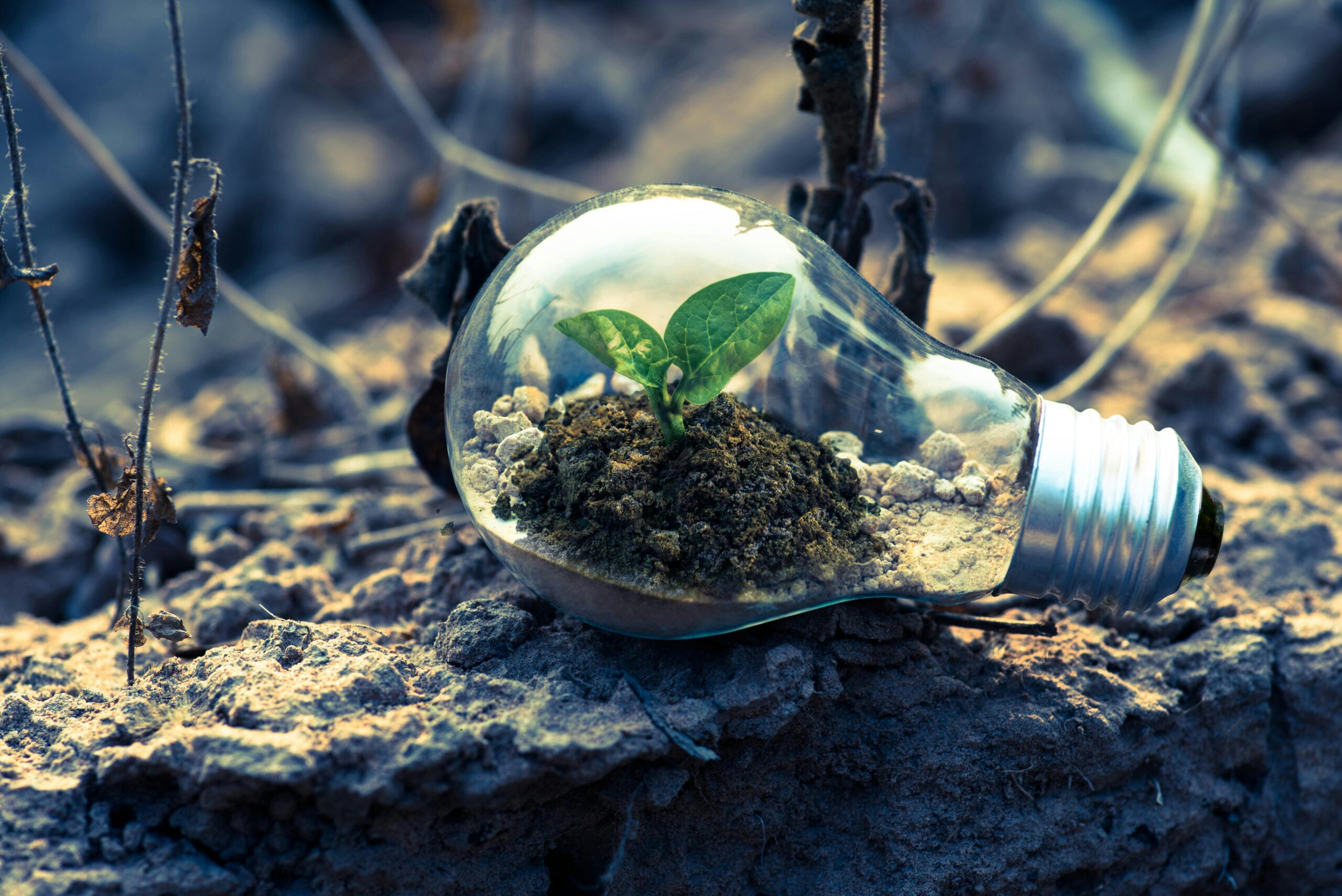PhotoCredit: Singkham.
Once hailed as a beacon of hope within the academic community, the Sustainable Development Goals (SDGs) emerged as ambitious targets during COP21 in Paris. These goals represented a collective lifeline for humanity, aiming to foster a planet characterised by restored ecosystems and harmonious human-nature interactions. The year was 2017 when my esteemed professors vividly painted a future where the SDGs would pave the way for global sustainability. But life has a way of side-tracking even the most passionate minds. As the subsequent years unfolded, my academic endeavours consumed me. The SDGs once incised in my consciousness, faded into the background. The urgency of deadlines replaced the urgency of saving the world. Still, deep down, I held on to my passion for a future guided by the SDGs.
Fast-forward to 2021, when a renewed focus on sustainable and environmental studies rekindled my interest in the SDGs. The SDGs had transformed from abstract ideals to practical roadmaps for change, I yearned to be part of this global endeavour to contribute, learn, and challenge the status quo. Fueled by determination, I embarked on a journey to Scandinavia, renowned for its commitment to sustainability.
Scandinavia, amidst its serene backdrop of fjords, auroras, and innovative practices. In Sweden, nestled between pristine lakes and forward-thinking cities I found my place in the world of SDG-future-building. Lund University, a blend of historical significance and modern research facilities, became my academic home as I enrolled in an MSc program specialising in environment and sustainability studies. Immersed in this new environment, I delved deeper into the SDGs, witnessing firsthand the comfortable synergy between Scandinavian countries and sustainable practices. Sweden, Finland, and Norway were not merely meeting targets, they were pioneering new narratives of renewable energy, circular economies, and social equity.
But then reality nudged me back. The SDG Index, the annual report card that scores almost all countries in the world on their performance on the 17 SDGs, began to reveal some inherent contradictions. Despite their high rankings, top-performing countries had not overcome the major challenges. Their high carbon footprints and overconsumption suggested that even these nations grappled with trade-offs and imperfect progress; my dream of an unblemished inspiration for what the future should be like, wavered. Like the rest of us, these, the highest-ranked, SDG-enlightened, most sustainable countries, struggled with the same issue of unsustainable trade-offs when developing new markets and better practices as the rest of us. This personal struggle with the practices promoted by the Sustainable Development Goals steered my research towards a critical exploration of the SDGs, moving beyond the surface-level appeal of glossy brochures.
When evaluating countries based on the SDG Index, it’s tempting to focus solely on rankings. For instance, Sweden is second, while India is ranked 109th in the 2024 report. However, it is necessary to look beyond these numbers to understand what is hidden by the rankings. Kate Raworth’s Doughnut Economics model for a global circular, environmental economy, emphasises the importance of operating within a “safe and just space” to ensure humanity’s thriving future. This model highlights the balance between meeting human needs and respecting planetary boundaries. Interestingly, while Sweden is celebrated for its sustainability efforts, it has already exceeded six planetary boundaries. For instance, CO2 emissions and the material footprint of Sweden have already surpassed the safe threshold. In contrast, India has barely crossed any of these thresholds. This raises questions about the true sustainability of developed nations compared to their developing counterparts.
Another perspective comes from the Earth Overshoot Day, marking when humanity’s demand for ecological resources exceeds what our earth can regenerate within that year. According to the Global Footprint Network, Sweden’s consumption in 2024 is equivalent to using the resources of almost four planets, hitting its Overshoot Day on April 21st. Conversely, India’s date is August 24th, well behind the global average of August 1st. This difference is caused primarily by the different resource consumption patterns between developed and developing countries. Developed nations often top the SDG index because the metrics favour development indicators over ecological ones. For example, when measuring the population’s nutrition in SDG2, a developed country like Sweden is always going to be ahead of India. While ecological indicators like CO2 emissions and resource use will be lower in developing countries. This skews the perception of sustainability and development, making it appear that countries like Sweden are very sustainable when, in reality, they consume resources at an unsustainable rate.
The SDGs are not legally binding and rely on governments to take ownership and establish frameworks to achieve the 17 goals. This makes it challenging to measure progress when comparing nations at different economic stages. One of the major obstacles to achieving the SDGs is the significant financing gap. Developing countries currently face an annual shortfall of approximately USD 4.2 trillion needed to achieve the targets of the SDGs. Despite efforts to create an SDG joint fund and other UN mechanisms to help finance developing countries, there has been limited effectiveness in closing this financing gap. Much of the funding for the SDGs is voluntary, making it difficult to hold nations accountable for their commitments.
The SDGs present a paradox as they advocate for “harmony with nature” and environmental protection (such as habitat restoration in SDG 15) in some goals, while simultaneously advocating for continued global economic growth (increased GDP growth) in others. This contradiction, present even in the SDGs, highlights the tension between necessary economic growth to support social equity and environmental sustainability. In short, while SDG rankings provide a snapshot of progress, they often mask deeper complexities and contradictions. Understanding the true sustainability of a nation requires looking beyond these rankings to consider ecological impacts, resource consumption patterns, funding challenges, and the inherent contradictions within the SDGs themselves.
Given the accelerating pace of environmental degradation, how viable are the Sustainable Development Goals in truly steering us towards a sustainable future? Are these goals genuinely universal and capable of addressing the diverse challenges nations face worldwide? Or is it time to reconsider our approach and look beyond the SDGs for a more adaptable and holistic framework to ensure a thriving planet and humanity?

